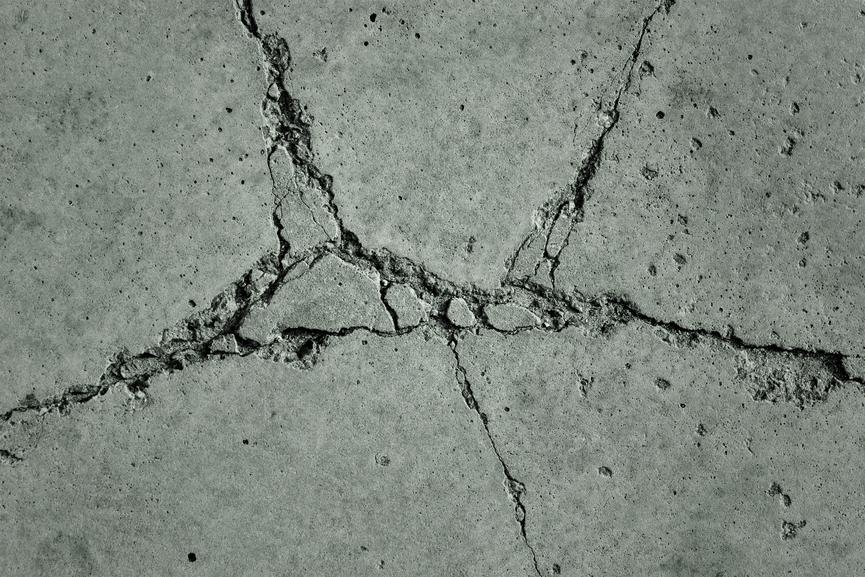The recent Israeli bombing campaign in Gaza has triggered an environmental catastrophe of unprecedented scale, according to a new report by The Bureau of Investigative Journalism (TBIJ). Amidst shattered concrete, contaminated water sources, and widespread asbestos exposure, experts warn that the ecological damage wrought by the assaults is both severe and long-lasting. This unfolding crisis threatens not only the immediate health of Gaza’s civilian population but also the region’s fragile ecosystem, raising urgent concerns about the humanitarian and environmental aftermath of the conflict.
Environmental Devastation in Gaza After Israeli Bombing Raises Health and Safety Alarms
The recent wave of bombings has left Gaza’s environment in a state of unprecedented destruction, triggering alarm among health experts and environmentalists. Shattered concrete and debris fill the streets, while critical infrastructure like sewage systems have been severely damaged, resulting in widespread contamination of water sources. These conditions have created a breeding ground for waterborne diseases, raising urgent public health concerns for the local population struggling to access clean water. The collapse of buildings has also released hazardous materials, including dangerous levels of asbestos, further exacerbating long-term respiratory risks.
Environmental specialists warn that the ecological crisis extends beyond immediate destruction, with lasting effects on Gaza’s fragile ecosystem. The combination of toxic dust, chemical pollutants, and blocked waste management services threatens agricultural land and marine life along the coast. Below is a summary of key environmental impacts impacting the region:
| Impact Area | Consequences | Urgency |
|---|---|---|
| Water Supply | Contamination by sewage, chemicals | Critical |
| Air Quality | Asbestos and particulate matter | High |
| Soil & Agriculture | Pollution, reduced fertility | Moderate |
| Waste Management | Blocked services, hazardous debris | High |
- Shattered infrastructure hindering immediate relief efforts.
- Severe water contamination risking outbreaks of cholera and dysentery.
- Asbestos exposure increasing chronic health risks for residents.
- Destruction of agricultural land, threatening food security.
Contamination of Water Supplies and Infrastructure Collapse Threaten Long-Term Ecological Stability
The relentless bombardment has reduced critical water infrastructure to rubble, leaving the Gaza Strip’s fragile ecosystem on the brink of collapse. Cracks in concrete reservoirs and shattered pipelines have led to widespread contamination, with untreated sewage and industrial waste seeping into groundwater sources. Residents are now forced to rely on dangerously polluted water supplies, exposing communities to a host of waterborne diseases. The destruction also releases harmful substances like asbestos fibers and heavy metals into the environment, compounding the public health crisis and threatening biodiversity in the region.
Experts warn that the environmental damage extends far beyond immediate water safety concerns, impacting the ecological balance for years to come. Key factors intensifying the crisis include:
- Collapse of sewage treatment plants leading to toxin leakage
- Disruption of natural aquifers from ground destabilization
- Accumulation of airborne pollutants exacerbating soil and water contamination
- Loss of vegetation cover reducing natural filtration and habitat stability
| Contamination Source | Impact on Ecology | Duration of Effect |
|---|---|---|
| Asbestos debris | Airborne health hazard, soil toxicity | Decades |
| Sewage overflow | Waterborne diseases, aquatic life decline | Months to years |
| Pipeline leaks | Groundwater contamination, habitat loss | Years |
Urgent Calls for International Intervention and Comprehensive Cleanup to Mitigate Environmental Catastrophe
Amid escalating environmental devastation in Gaza, experts and international organizations are sounding alarms over the immediate need for intervention to contain the rapidly unfolding ecological disaster. The relentless bombing has not only shattered buildings but has unleashed hazardous materials, including widespread asbestos contamination and toxic debris, severely compromising soil and water quality. Medical practitioners and environmental scientists urge comprehensive cleanup operations to prevent long-term health crises, emphasizing the imperativeness of rapid action to mitigate waterborne diseases and respiratory ailments linked to airborne contaminants.
Key challenges complicate the response efforts, from restricted access to critical sites to the overwhelming scale of destruction. International agencies have proposed coordinated measures that include:
- Deployment of specialized hazardous waste removal teams
- Installation of emergency water filtration and purification systems
- Continuous environmental monitoring to assess contamination spread
- Community awareness programs to minimize exposure risks
| Critical Area | Immediate Risk | Recommended Action |
|---|---|---|
| Water Sources | Pollution & Toxicity | Set up mobile water purification units |
| Residential Zones | Airborne Asbestos Fibers | Deploy protective covers and clean-up squads |
| Rubble Sites | Heavy Metal Leaching | Rapid debris removal with hazardous waste protocols |
Final Thoughts
As Gaza continues to grapple with the aftermath of relentless bombardment, the ecological toll of the conflict is becoming increasingly apparent. Shattered concrete, contaminated water sources, and hazardous asbestos not only pose immediate health risks but also threaten the long-term environmental stability of the region. Experts warn that without urgent international intervention and comprehensive remediation efforts, the ecological crisis in Gaza could deepen, further compounding the humanitarian challenges faced by its residents. The unfolding situation underscores the urgent need for accountability and sustainable solutions in the wake of conflict.
